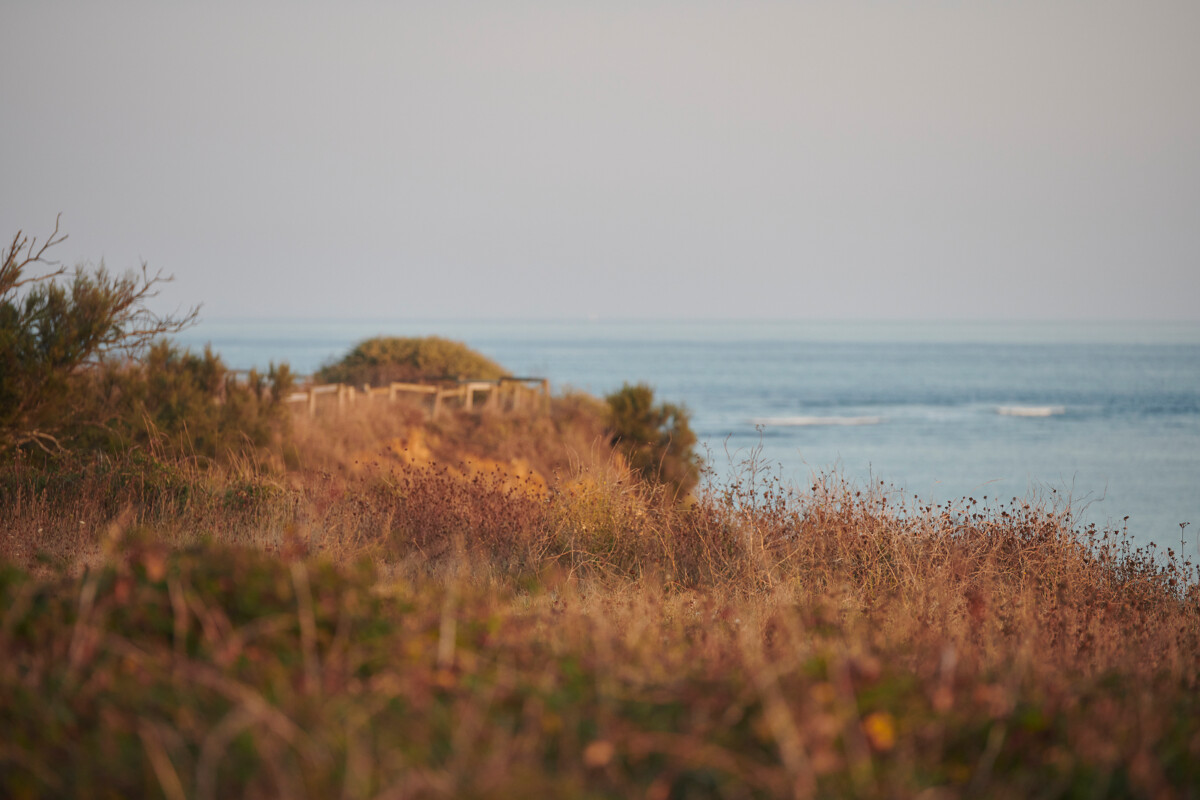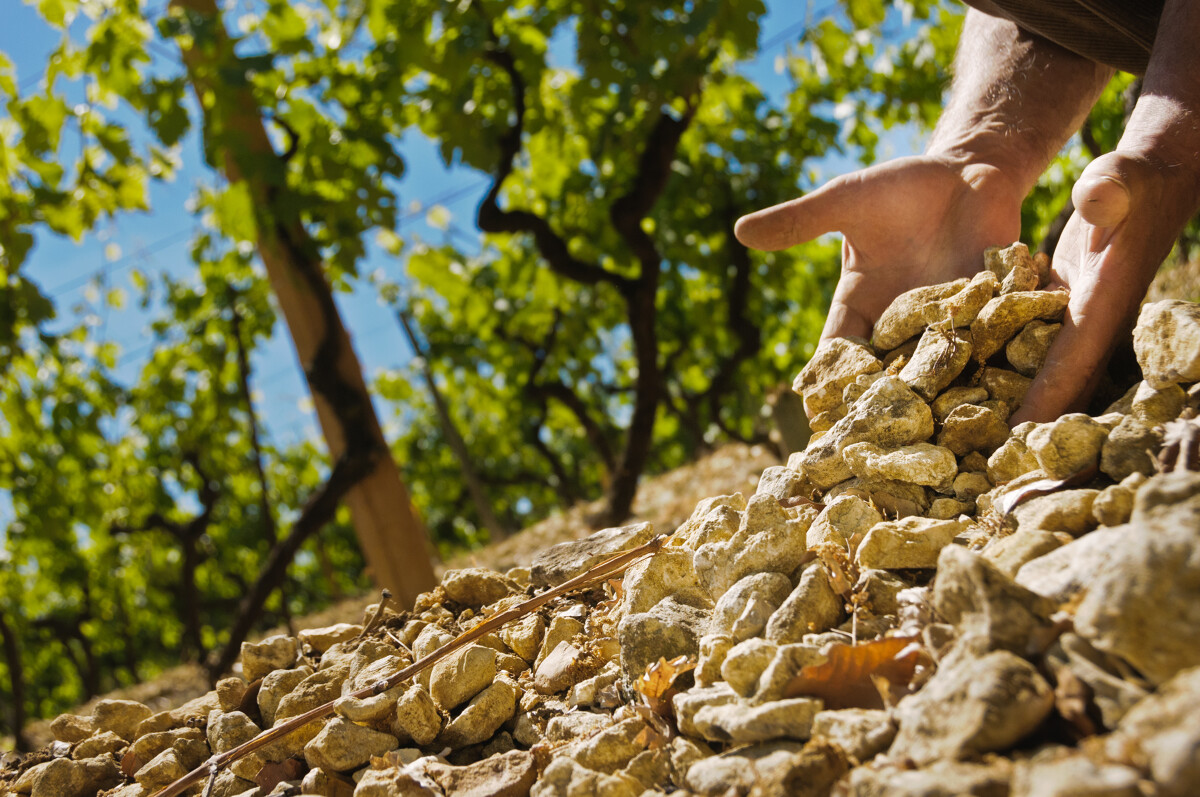How were these Cognac place names derived? | Discoveries
The toponyms, or place names, are one of the revelations of the history of the Cognac appellation since Gallo-Roman times. They give an account of the humanization of the environment and its consequences on the landscape.
Copyright Michel Guillard
The influence of religion is reflected in the toponymy throughout the Middle Ages, as can be seen in the numerous names of monasteries, oratories, and religious figures, but above all, from the 11th to the 13th century, the extension of the word “saint”. Saint-Preuil (Sanctus Praejectus, Middle Ages) comes from Praejectus, bishop of Auvergne in the 7th century, Saint-Brice (Sanctus Brictius prope Compiniacum), from Brice, bishop of Tours in the 5th century, successor of Saint Martin.
Saint-Laurent-de-Cognac, was the current name of the commune since 1956. But it had an old form in the Middle Ages: Sanctus Laurentius de Combis in Agernaco (Saint-Laurent-des-Combes de Jarnac). It takes its name from Laurent of Rome (Laurentius), an archdeacon martyred in Rome in 259. Because he was generous with his alms, he became the patron saint of the poor and his cult spread throughout France.
If the toponyms give part of the history of the settlements, they also contribute to underline the outstanding features of the landscapes, from geology to relief, from climate to vegetation. Cravans (from a prelatin *grava “sand, gravel”), Le Chail, Chaillevette whose root chail designates a stone and, by extension, a very calcareous land, Le Pérou, Merpins, which is generally traced back to the Gallic *maropennos, “big promontory”

Copyright BNIC /Aurelien TERRADE
The rivers nurture villages and are often used to name many towns and villages in the Cognac region. For example, the village names such as Angeac-Charente and Brives-sur-Charente along the Charente River are derived from the river itself. The original name of the Charente River is discussed, would be the sandy (pre-Celtic *caranto “sand”, with the suffixe-ona).
The vine also appears in toponyms such as Vignolles (Petite Champagne), places like Le Treuil (lat. torculum “press”) which indicates a place where there was a seigneurial or communal press, La Piponnerie which designates a place of casks.
Copyright BNIC /Aurelien TERRADE
Thénac has the blue stone quarries of Les Mauds, those of Fief-de la-Clochetterie exploited since the Antiquity. These are underground quarries of several hectares dug in a hard limestone of white color. Saint-Même-les-Carrières bears witness, if only by its name, to this activity. If the last stone quarry closed in 1977, there are still two stone cutters and sand pits exploited for sand and gravel.
Copyright BNIC /Stephane CHARBEAU
These activities gave rise to exchanges and the toponymy bears traces of relays and trading posts. For example, the word Étaulles marks a gathering point for trade but also for religious gatherings. The Magasin could correspond to a gabarier port as it existed along the Charente well before the Roman presence, and until the 19th century for the transport of goods.
We can thus see that toponymy has recorded many characteristic aspects of the Cognac terroirs, which are naturally varied, from the marks of the first settlements to the geographical aspects, the activities of the inhabitants, their way of life and their beliefs. Even if this synthesis has been able to identify characteristic elements, it is far from being exhaustive. Behind the plains and the vegetation, the habits and customs, the efforts and the values of the men who make the landscapes of Cognac places to discover, to imagine and to interpret.






